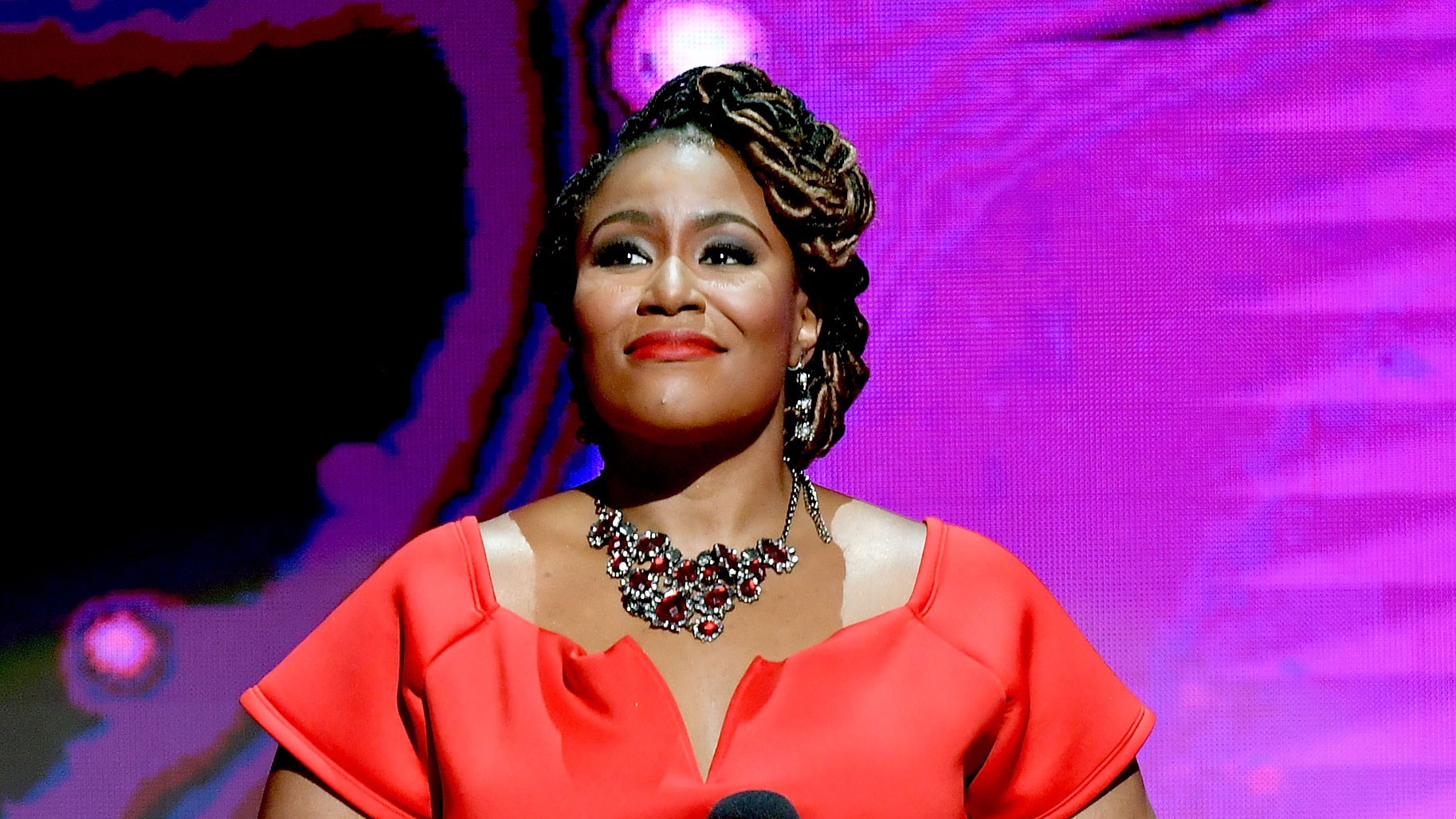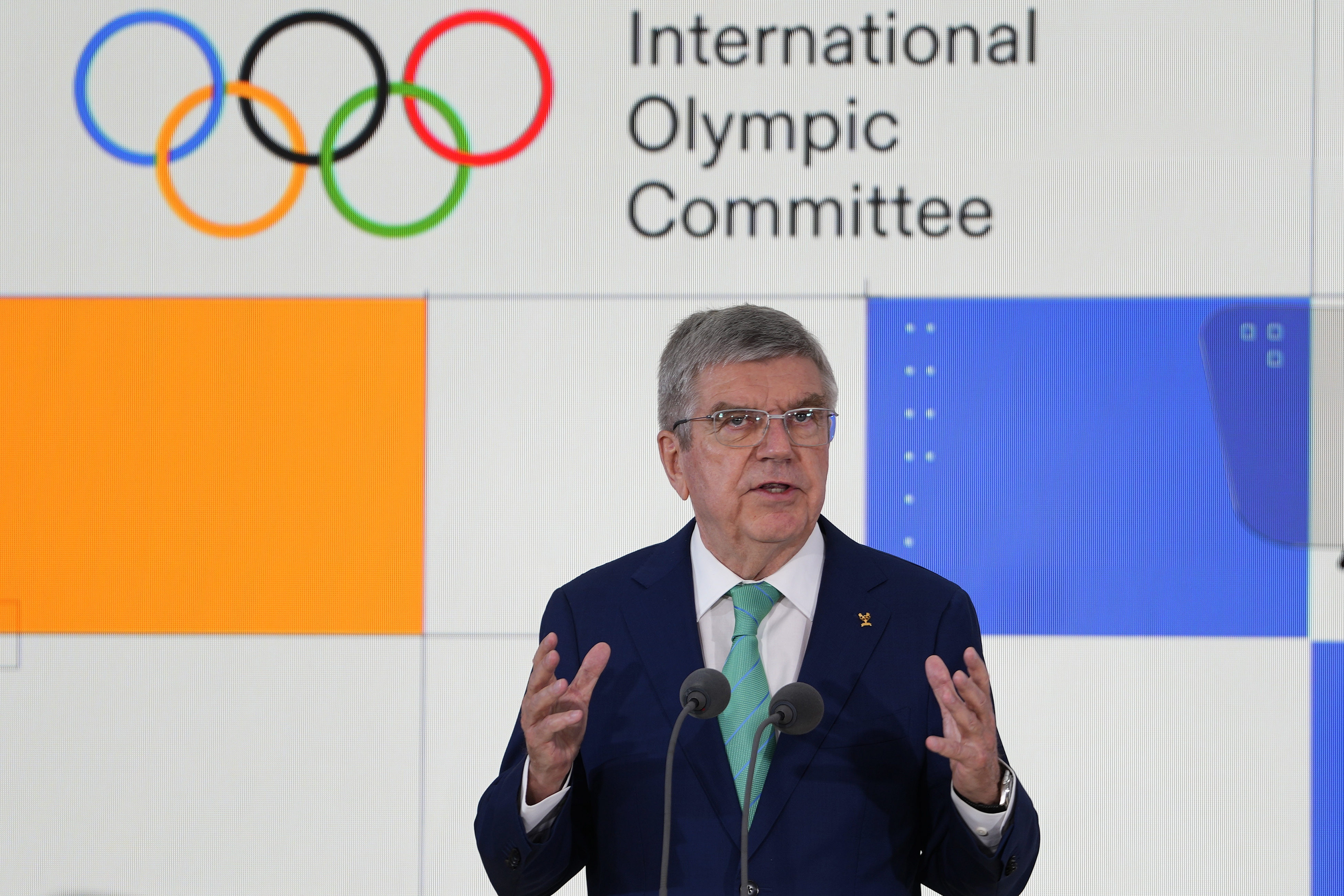Your look at the top issues in California's June 3 primary election.
1. PRIMARY PROVIDES FIRST TOP-TWO GOVERNOR'S CONTEST
The June 3 primary will the first in which the governor's race and the seven other statewide constitutional offices, including attorney general and secretary of state, fall under California's new primary system. The top two vote-getters, regardless of party affiliation, will move on to the November general election.
2. BALLOT WILL BE DEVOID OF CITIZEN INITIATIVES
This year's primary also is notable because it is the first in decades with no statewide citizen initiatives on the ballot. The Legislature's Democratic majority passed legislation in 2011 that requires all citizen initiatives and referendums to go on the November general election ballot, where they can be decided by a far larger number of voters. The two measures on this year's primary ballot were placed there by the Legislature.
3. MORE RACES WILL BE COMPETITIVE
The independent process to draw political boundaries approved by California voters has made many of the races highly competitive, with about a half dozen congressional seats and an equal number of legislative seats identified as essentially up for grabs this year.
U.S. & World
4. PARTIES BATTLE OVER SUPERMAJORITY CONTROL
Democrats hold a two-thirds supermajority in the state Assembly but are two seats shy of that in the Senate after three Democrats ran into serious legal trouble and were suspended. Republicans are pushing hard in a handful of legislative races to prevent Democrats from holding a supermajority in at least one of the chambers.
5. RACE FOR SCHOOLS CHIEF A CONTEST OF COMPETING VISIONS
Democratic state schools Superintendent Tom Torlakson, a former teacher with strong union backing, is being challenged by a fellow Democrat, Marshall Tuck, who wants schools and parents to have more freedom and wants to tie teacher evaluations to student performance.
6. SECRETARY OF STATE RACE DRAWS CROWDED FIELD
The usually quiet race for the office overseeing elections and campaign finance has turned into a flashpoint for political reform and government transparency after numerous lawmakers found themselves in serious legal trouble this year. Top candidates include a Republican, two Democrats and an independent.
7. REPUBLICANS PONDER COURSE CHANGE IN GOVERNOR'S RACE
California Republicans are trying for a reboot after years of sliding voter registration and election losses, and this year's governor's race provides the biggest chance yet to show how far the change message has played with the party faithful. Will they choose tea party favorite and ardent gun-rights advocate Tim Donnelly or former U.S. Treasury official Neel Kashkari, and Indian-American who is moderate on social issues?
8. STATE WANTS LOCAL GOVERNMENTS TO PAY FOR PUBLIC ACCESS
Proposition 42 would amend the state constitution to require cities, counties, school districts and other local agencies to comply with state laws to make documents available and open their meetings to the public. They also would be required to cover the costs for doing so, a provision that has raised concerns among some local government representatives.
9. DEMOCRATS CONTINUE TO DOMINATE
Voter registration continues to lean heavily Democratic in California. As of April, 43.5 percent of voters were registered as Democrats and 28.6 were registered as Republicans, while 21.1 percent have chosen no party preference.
10. VOTER TURNOUT EXPECTED TO BE LOW
The Public Policy Institute of California says the state'sáprimaryáelection turnoutáhas averaged about 10 points higher than in the rest of country over the past 30 years, but that could change with all citizen initiatives switched to the November ballot. Turnout was the second lowest on record in 2012, and the absence of initiatives in the future could cause it to drop as much as 7 percentage points.



